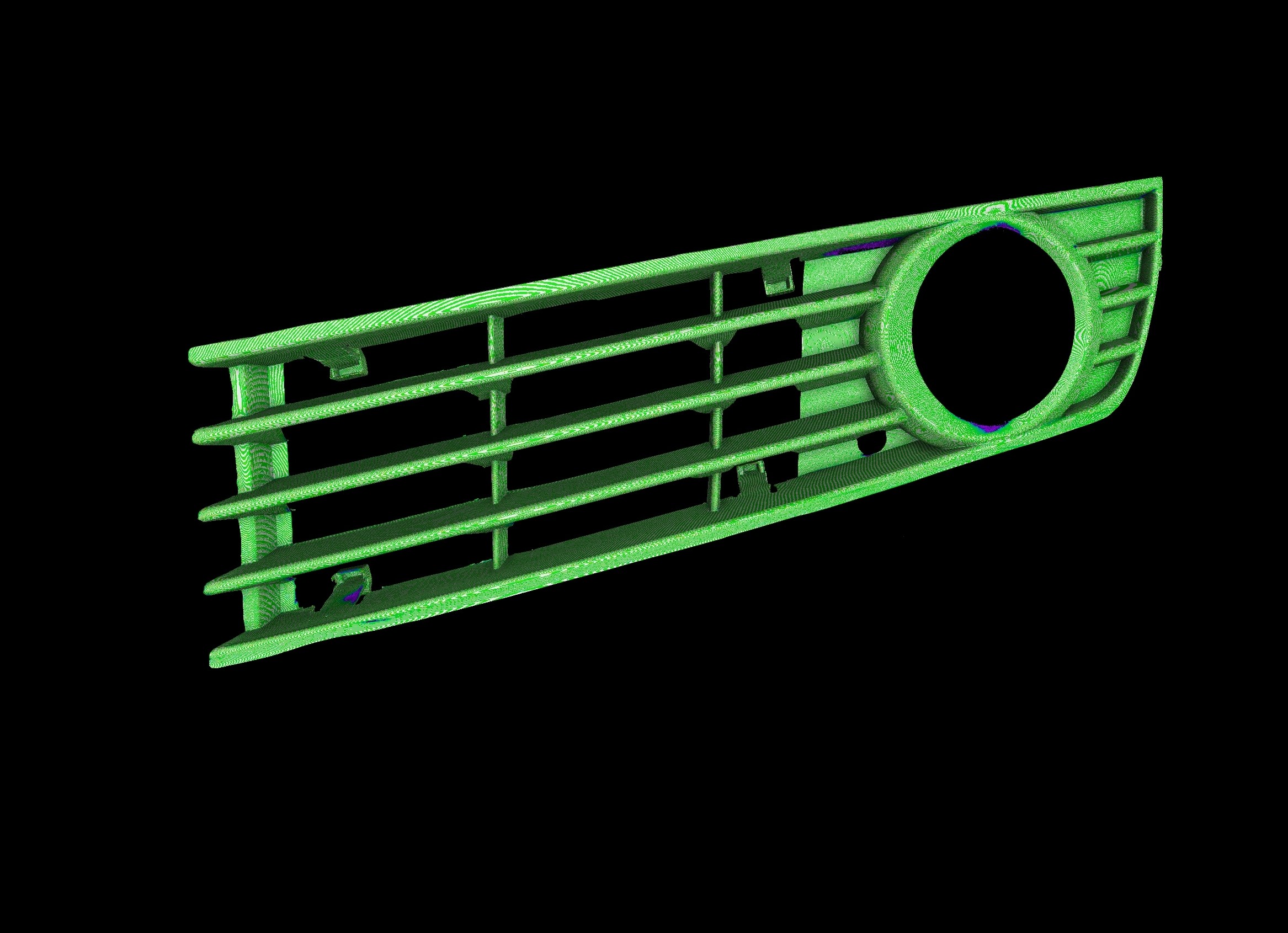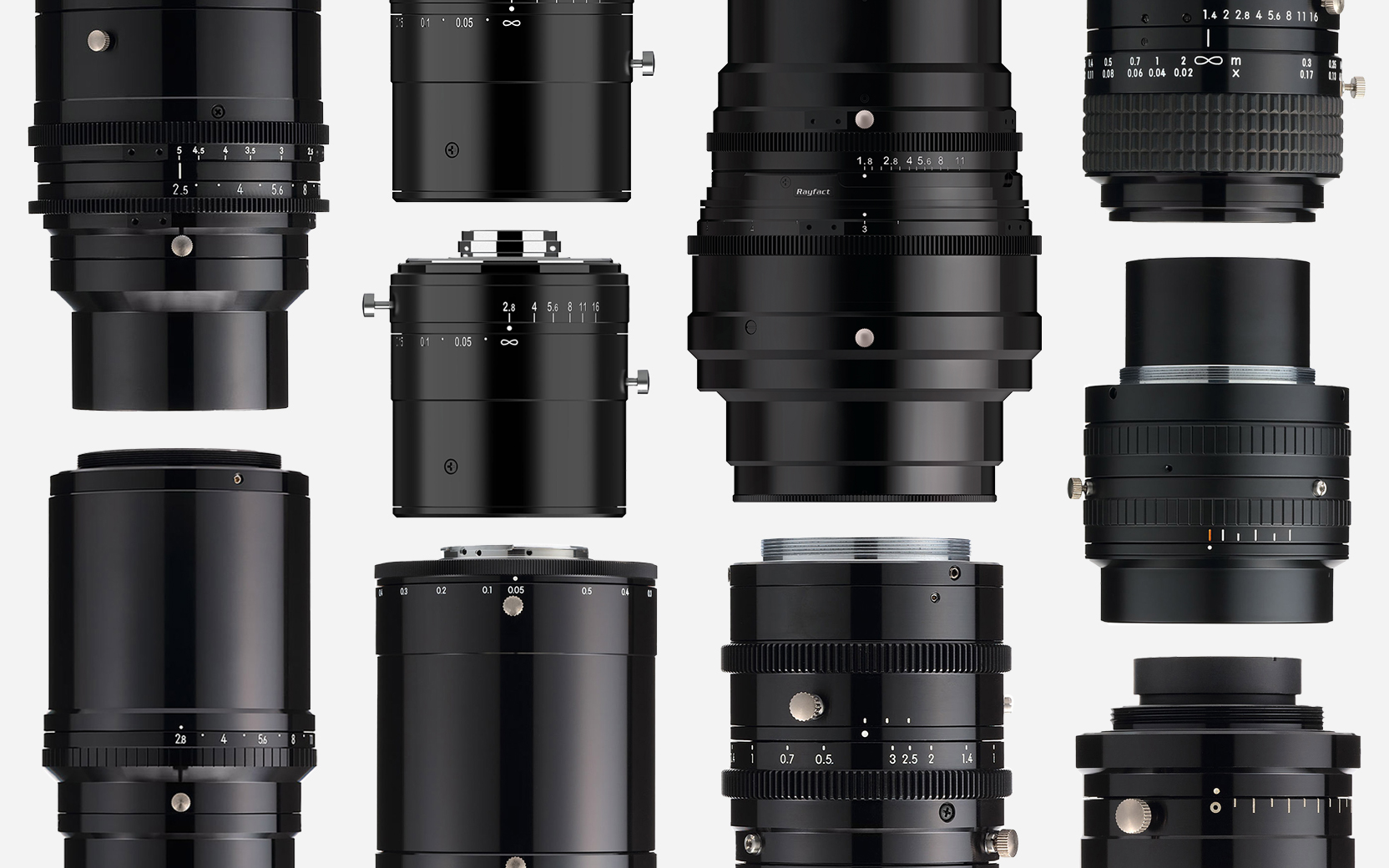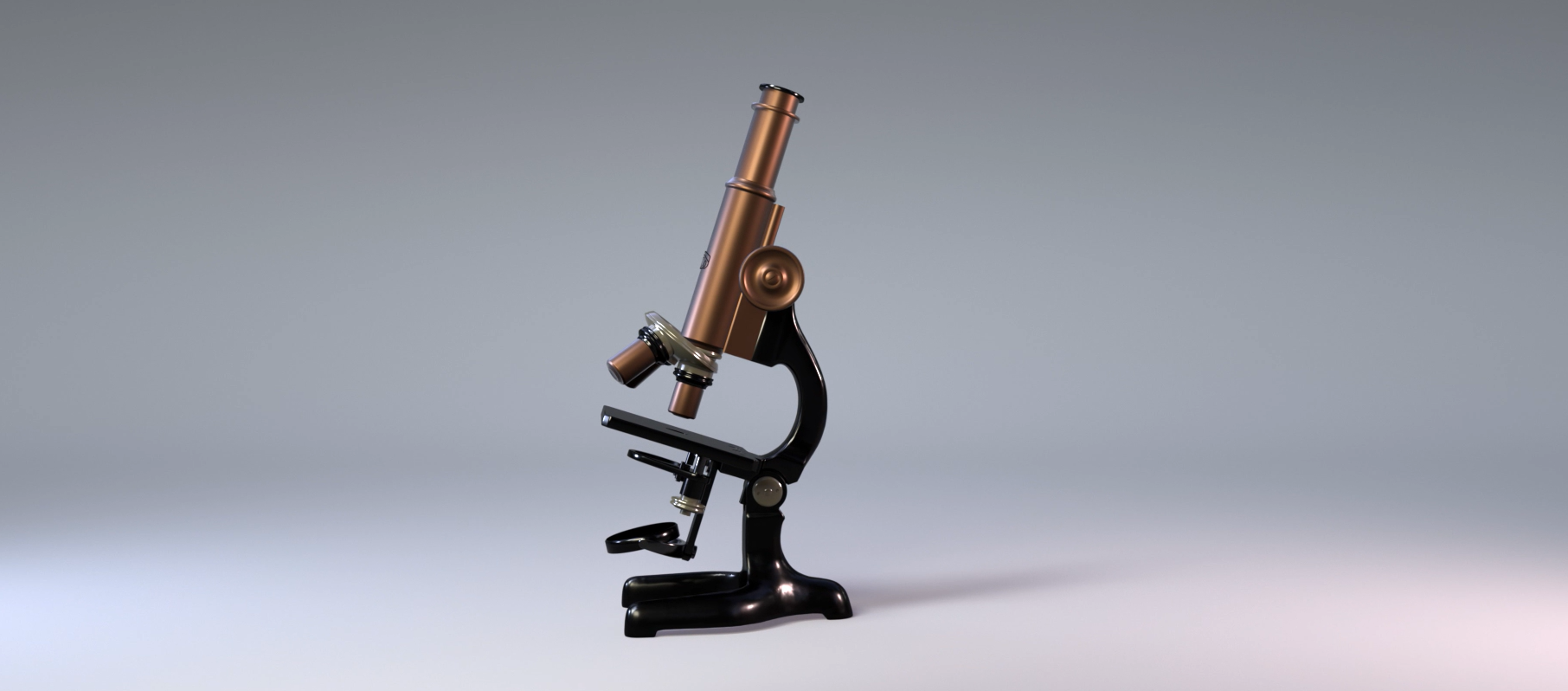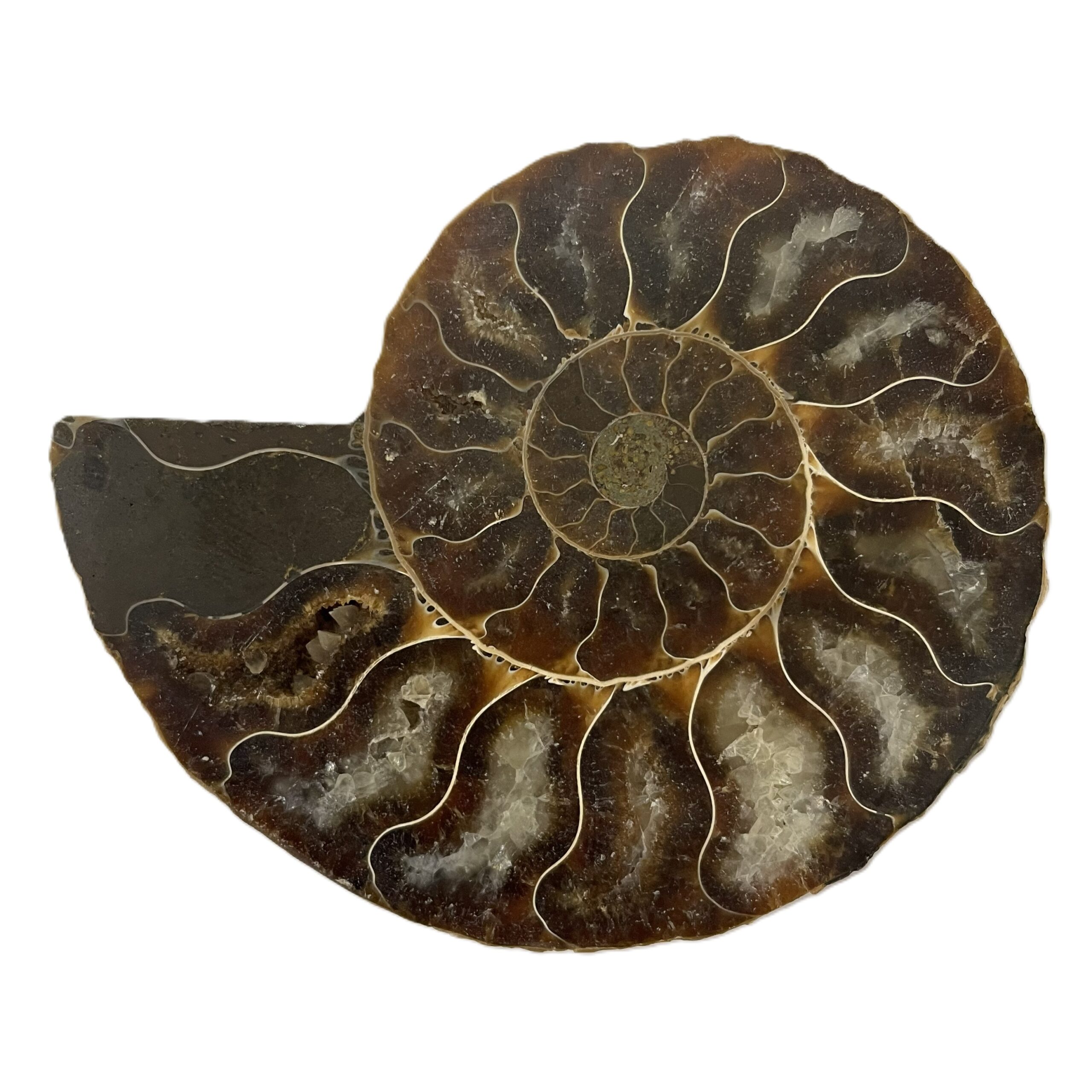Discover how Nikon’s APDIS Laser Radar combines incredible precision, remarkable versatility and cutting-edge technology to revolutionise industrial measurement – offering accuracy finer than a business card’s thickness at 50 metres away.
Have you ever wondered how automotive manufacturers ensure your car door fits perfectly? Or how aerospace companies measure massive aircraft components with pinpoint accuracy? Then you need to discover more about Nikon’s APDIS Laser Radar system, a fascinating piece of kit revolutionising industrial metrology. Our APDIS Global Product Manager, Paul Lightowler, has created an informative and entertaining “Did You Know?” video series to showcase this remarkable technology. Those videos can be seen below, right now, and on YouTube, but let’s go through the highlights here.
Detail at a Distance
First up, let’s talk about incredible precision. The APDIS MV450 can measure details as fine as a business card’s thickness at 50 metres away. Even more impressive, it achieves CMM-level accuracy (Coordinate Measuring Machine) within 100 microns at 8 metres – the thickness of a sheet of paper, roughly speaking. This high accuracy at long-range changes everything for those working with delicate or hazardous materials.
What’s in a Name?
The history behind APDIS is quite interesting, too. The technology was developed over 25 years ago by MetricVision (hence the “MV” in all Laser Radar model numbers). There is also a lovely connection to Nikon’s heritage: the system uses a Nikkor lens designed by the same talented folks who create Nikon’s renowned camera lenses. Speaking of names, APDIS stands for Accurate Precision Distance Scanning, which perfectly describes what it does.
Fast Features
Speed is another strong point. The APDIS Laser Radar can measure features in less than half a second for surface points and under two seconds for holes and slots. It even handles tricky measurements like threads in about two seconds. Plus, it’s clever enough to optimise its measurement path to work as efficiently as possible. But this isn’t just about being fast, it’s also about maintaining exceptional accuracy while working at speed, something which is crucial in the modern manufacturing environment.
Here, There, Everywhere
What’s particularly brilliant about the APDIS Laser Radar is its versatility. It works in any lighting condition – bright sunlight, fluorescent lights, complete darkness, you name it. You can mount it vertically, horizontally, upside down, or at any angle. When paired with a robot, this flexibility opens up a new world of measurement possibilities.
Many Materials, Many Applications
Here’s something truly remarkable: the APDIS Laser Radar doesn’t need special targets or reflectors, it can measure almost any surface with just a tiny fraction of reflected energy (we’re talking one billionth of a per cent!). To put that in perspective, if you had a mound of rice 2.5 metres tall and 5 metres wide, that’s about the equivalent of just one grain.
The impact of this technology is impressive – there are over 200 Laser Radar installations in automotive factories worldwide, ensuring cars get built to exacting standards each and every day. It’s also making waves in aerospace, energy, defence, space, and general manufacturing sectors. The reason for this widespread adoption is clear: APDIS combines speed, accuracy, and flexibility in a way that traditional measurement systems can’t match.
APDIS’s ability to handle the entire spectrum of large-volume measurement needs makes it particularly special. From smaller components to enormous assemblies, the APDIS Laser Radar can measure everything from a car door to a commercial aircraft with the highest levels of precision. This versatility — combined with automated operation and non-contact measurement — ensures consistent results regardless of who’s operating the system.
The latest APDIS models offer enhanced speed and feature scanning capabilities, with typical scanning speeds of 1000 points per second. These systems also make the grade in industrial environments, offering IP54 protection and the ability to be integrated directly into the production line.
Want to learn more about Nikon’s innovative industrial measurement solutions?
Whether you’re curious about our automotive solutions, aerospace applications, or general quality control systems, drop us a line and let us know what interests you – and we’d love to hear which Nikon products you’d like us to feature in future video series.







